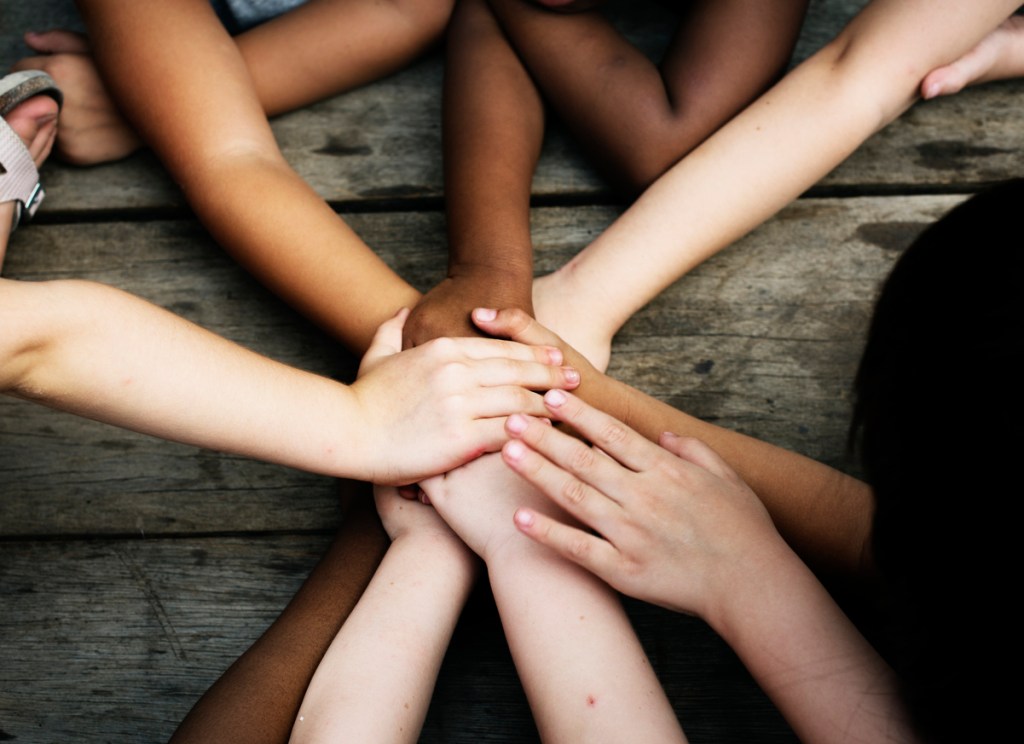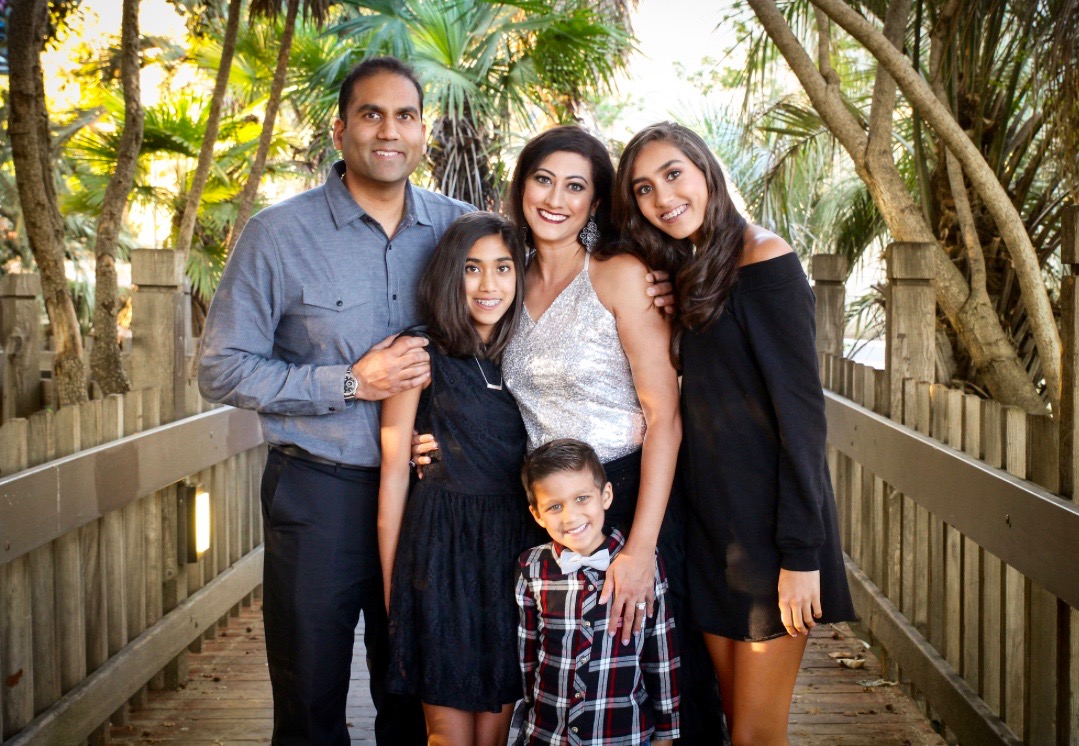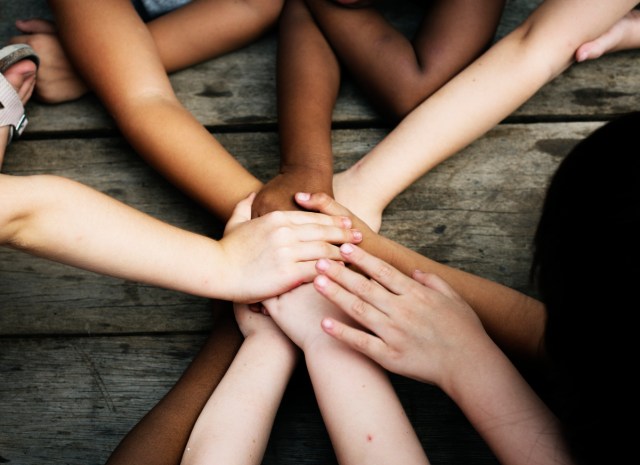
With all the recent protests, this raises many questions for our children and it’s some uncharted territory for parents to explain. Children are aware of ways we differ, but they aren’t born identifying people with a particular race. Children begin to notice racial differences between the ages of three and five. An innocent curiosity that isn’t yet linked to any positive or negative qualities about different groups of people. What starts to shift is that positive and negative qualities do come into the picture through their parents, significant others and media. Parents should be very careful about passing on their own biases and prejudices before kids even understand the concept of racism.
As parents, we may not have all the answers. But we we should also be ready to answer questions. With the protests and riots happening today. imagine you’re a 5-year-old noticing this on the news, you look worried and upset and no one is telling you why. Imagine how scary and worried you would be.
Tips
1. Be open and honest. Some people get treated unfairly based on their skin color, culture or religion. By doing this, we help prepare them to challenge these issues when they arise.
2. Model it.Talking to your child about the importance of embracing differences and treating others with respect is essential, but it’s not enough. Acknowledge difference and emphasize the positive aspects of our differences. Encourage your child to talk about what makes them different, and discuss ways that may have helped or hurt them at times. Similarities become more powerful. Remember silence indicates acceptance
3. Do something. Take a stand when you witness injustice. This is the time to help our children grow into adults who value and honor diversity.
4. For teens—keep talking. Use current issues from the news, as a springboard for discussion. Ask your teen what they think about the issues. Discuss the importance of valuing differences is essential, but modeling this message is even more vital. Evaluate your own circle of friends or the beliefs you hold about certain groups of people.
5. Encourage activism. Promote ways for your family to get involved in causes you care about.
6. Explain what protest means if developmentally appropriate for you child. Seven years and older is my recommendation. Everyone has a right to their own opinion and to voice it in America, but you also have to respect others’ opinions. A typical goals of non aggressive protest is to inspire positive social change and protection of human rights. Sometimes, people make poor choices and react with aggression because of the feelings they have. It is ok to protest in a friendly way.












